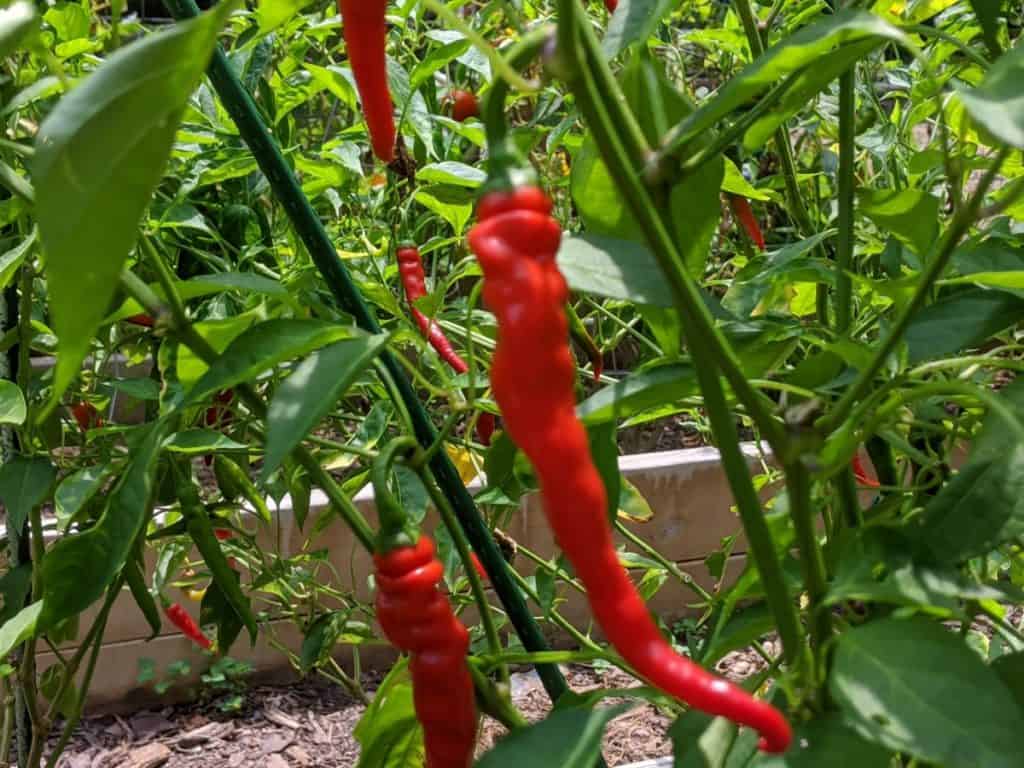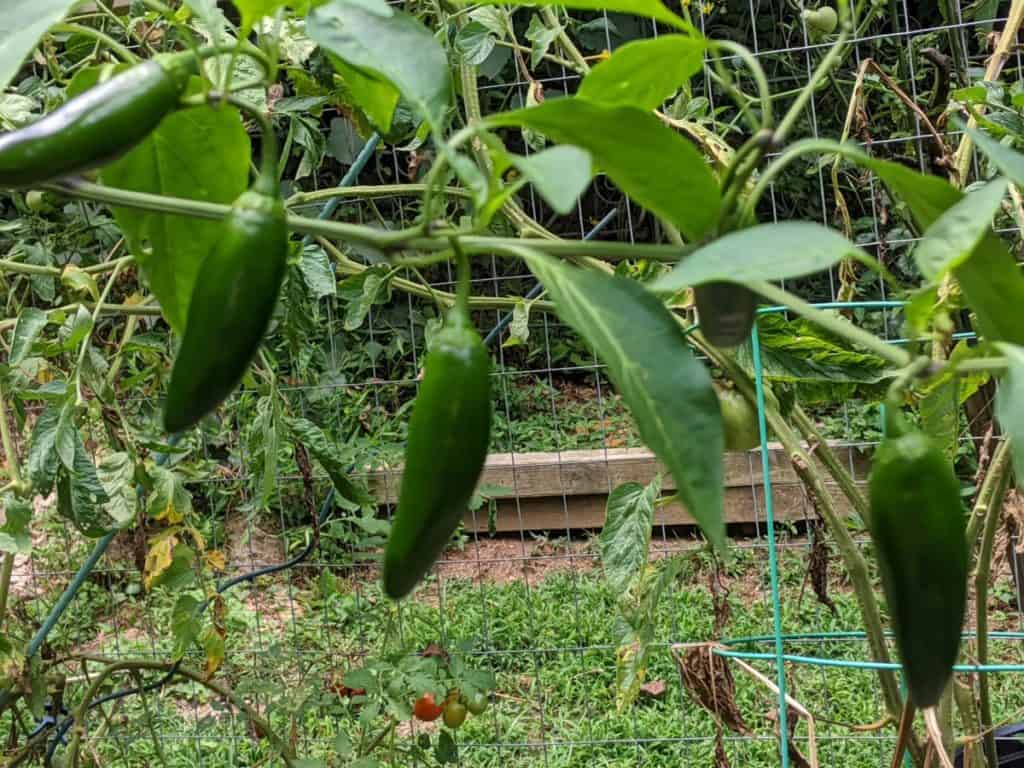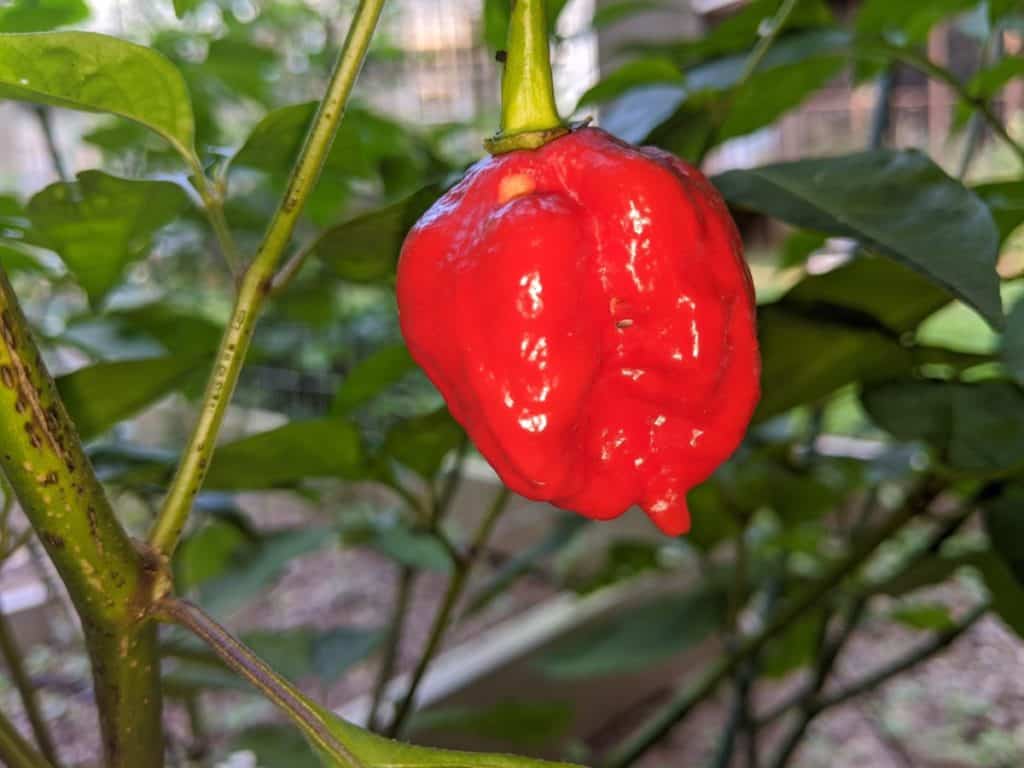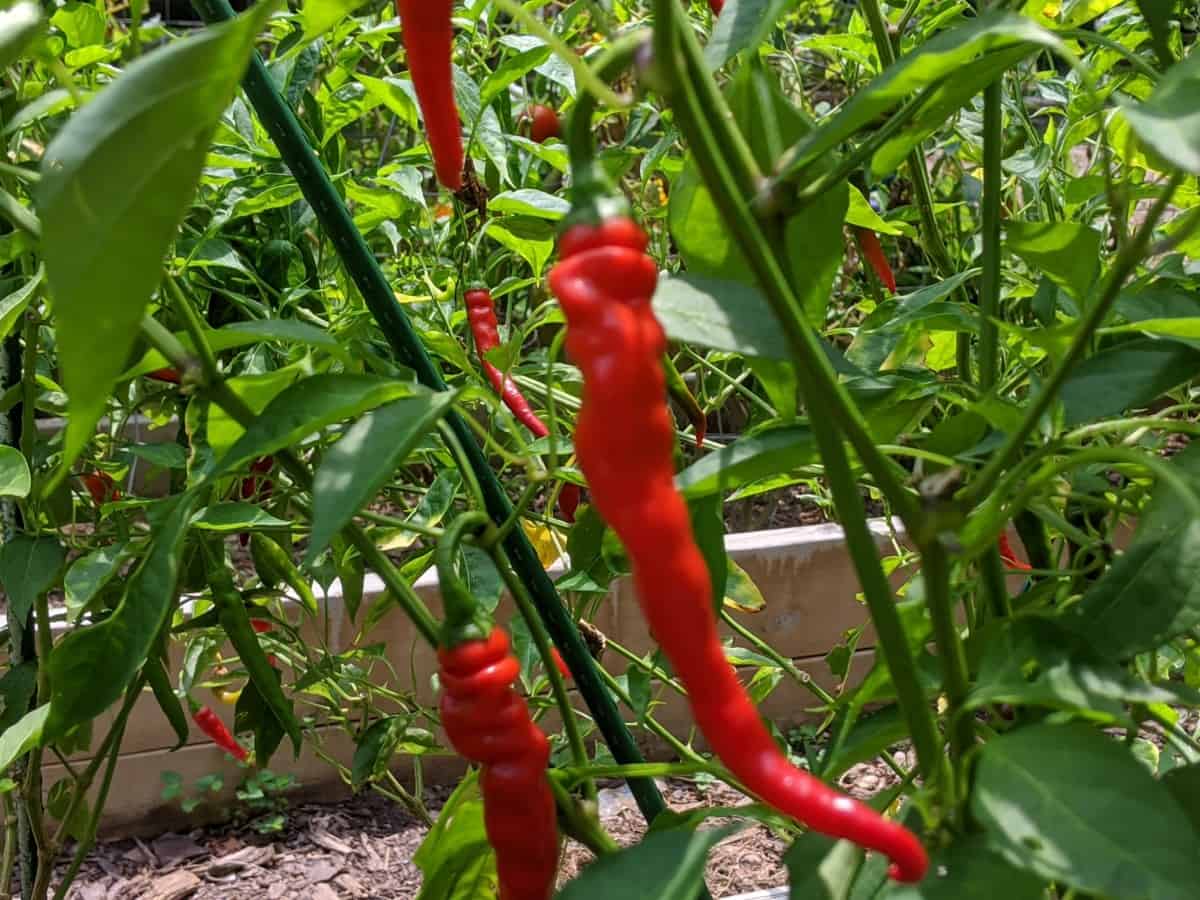
The soil used for planting peppers will impact the growth of your peppers more than expected. The right soil used will help improve the availability of the plant’s nutrients. It will provide the best food, help with good drainage and keep the moisture balanced.
What is the best soil for peppers? The best soil for peppers has adequate airflow and moist soil. Products that can cultivate this is Perlite, Vermiculite, Mulch, and soil organic matter. Test the soil before adding plant foods. Nitrogen-containing fertilizers can be used first. Once the fruit starts growing, this should be reduced.
The perfect soil for peppers is almost impossible to find in its natural state. To develop the right ground, it will need to be adequately treated.
How To Make The Best Soil To Grow Peppers?
Peppers can survive in soil that does not meet the standardsthey need. Although this is right, peppers will thrive better in soil that meets their criteria. The ideal soil for peppers to thrive in can be created by the gardener.
When deciding on a plot or area in your garden to plant your peppers, look for soil with these characteristics: full sun and an herbicide-free environment.
The soil must be well-drained loam or sandy loam with moderate fertilizer and high in organic material. It must have very little or no alkali and a pH of 6 to 8, ideal being 6 to 7.3.
It is essential to get this soil in your garden tested before planting or treating the ground.
It may be a good idea to plant peppers indoors rather than outside in the garden. This is more important if you live in a cold area where there may be frost.
If the environment you live in has warm weather, you can plant your peppers outdoors. An ideal soil temperature for pepper plants is 70°F for optimal germination. The seeds should be planted a quarter-inch deep into the soil and 18 to 24 inches apart.
If you plan to plant your peppers in a pot, it is vital to get the correct soil. This is also essential if you have no soil currently in the area you want to plant them.
Choose a soil that meets the correct characteristics needed for peppers. Find one that is a balanced organic, well-draining potting mix with perlite.
Do not plant peppers where other night-shade plants such as tomatoes, potatoes, or eggplants have recently been grown. These plants can cause the peppers to be exposed to diseases.
Let’s look at how to make an ideal soil for peppers to flourish.

Peppers Need Well-Draining Moist Soil
Peppers need well-drained soil as they need a sufficient amount of air supply. These plants need an adequate supply of water to survive.
Proper drainage is essential to prevent the peppers from becoming waterlogged and drowning in water. If the plants get too much water, this can cause a fungal infection in the roots.
Peppers need lots of nutritional food to grow. These nutrients are usually added to water given to the plant. If the soil drains too quickly, it won’t retain the nutrients for the plant to absorb.
Products that can be added to the soil to achieve good drainage and nutrient retention are perlite, vermiculite, mulch, and soil organic matter.
- Perlite will help the soil drain correctly, reducing the chance of the plant becoming waterlogged. To get the correct consistency in the soil, add 10% Perlite. Perlite is also perfect for giving the earth its texture for the roots to spread quickly.
- Vermiculite is a product that can help retain water and nutrients in the soil. This will ensure the plants become healthy and robust. Add 10% Vermiculite to your soil.
- Soil organic matter is essential to maintain the health of the peppers. It adds organic matter to the soil, improving the soil’s ability to hold the right amount of water and air. This is essential in improving the moisture levels in the ground.
- Mulch is used to help retain moisture in the soil as well. It is also helpful as it blocks light and helps get rid of weeds. Mulch should only be used once the soil is warm. Coffee grounds can be used for mulching in limited amounts.
Adding mulch to a depth of 3 to 4 inches in the soil can prevent weeds’ growth. Products that can be used as mulch include weed-free straw, herbicide-free grass clippings, and other organic products.
Other ingredients found in products that encourage airflow in the soil include Sphagnum peat moss and builder’s sand.

Enriching The Nutrients Of The Soil With Fertilizer
Pepper plants can be given plant foods to improve the nutrient levels in the soil. Before adding this, it is a good idea to do a soil test to make sure you won’t upset the natural nutrient proportions.
After testing the soil, organic fertilizer can be used to correct nutrient deficiencies found. Compost can be used to feed the soil. The compost can be added a week before planting the seeds.
When a pepper plant is still in the early stages of growing and producing foliage, a nitrogen-containing fertilizer can be used.
You can purchase a starter fertilizer that contains a higher ratio of potassium and phosphorus to nitrogen.
Potassium and phosphorus are needed for seedling growth and germination. Nitrogen helps with plant growth.
It is essential to stop adding nitrogen when or just before the plant starts growing fruit. If too much nitrogen fertilizer is used, it can result in no fruit and only foliage.
Although too much nitrogen can delay fruit production if added in the right amounts and at the correct times, it can produce a higher yield.
Once the fruit starts to grow, other nutrients are needed for this. Nutrients that should be added will be based on the nutrient deficiencies found in the soil test.
The calcium in the soil competes for uptake in the plant with magnesium, potassium, and ammonium-nitrogen. It is not known what the exact proportion of these nutrients should be.
If there is an excess of nitrogen and potassium in the soil, it can lead to peppers with blossom-end rot.
When there is excess fertilization, the calcium transported by water will go the places it is needed most. It will go to new shoots and the leaves of the plant. Very little to no calcium will be transported to the new fruit, where it is needed.
Once the pepper plant has started to bloom, the percentage of nitrogen and potassium should be 4 to 6 percent.
The plant may need support with the extra fruit and foliage it will produce. Place a stake in the ground when planting it, which can be used as support.
A soil or fertilizer containing organic ingredients such as composted pine bark, chicken manure, alfalfa, coir, and kenaf canhelp meet the plant’s nutritional needs.
Should You Add Epsom Salts To Your Soil?
Epsom Salts is a mineral compound made of magnesium and phosphorus. It is a commonly used and promoted organic fertilizer.
Epsom salts should be avoided in home gardens. It should not be used as the benefits have not been scientifically proven, and it can cause environmental risks.
Blow is a few reasons why we should not use Epsom Salts to fertilize out pepper plants:
- It is a synthetic product made from feedstock ore in chemical plants.
- It is unlikely listed by the Organic Material Review Institute as a safe organic product.
- Soil testers don’t usually test for only magnesium content.
- It is better to add a fertilizer with various minerals to enrich the soil instead of adding individual minerals. Adding individual minerals can increase the chance of a non-balanced soil and disrupt the soil’s ecosystem.
- Epsom salts will move through your soil quickly as it is highly soluble in water. This can result in your underground water becoming polluted by this chemical.
Instead of using Epsom salts, you can usehomemade compost, organic fertilizers, and natural soil amendments as a nutrient booster for your soil.
Conclusion
Pepper plants can be sensitive to the quality of the soil it grows in. Essential things that should be looked at are the nutrient content, drainage, and temperature of the soil and environment. These will impact the quality and quantity of your yield.
Other things need to be looked at to ensure the pepper plant is looked after. These include pests and diseases and the technique of planting the seeds.
Once your peppers have fully grown, it is time to harvest them. It is essential to know when they should be harvested to yield the best tasting peppers. The storage method for peppers harvested is also useful to know.

